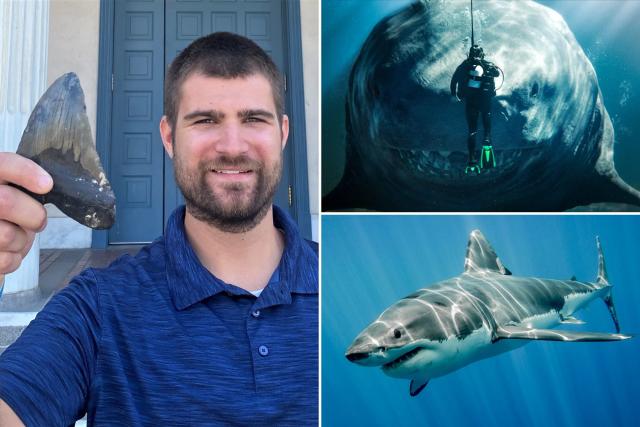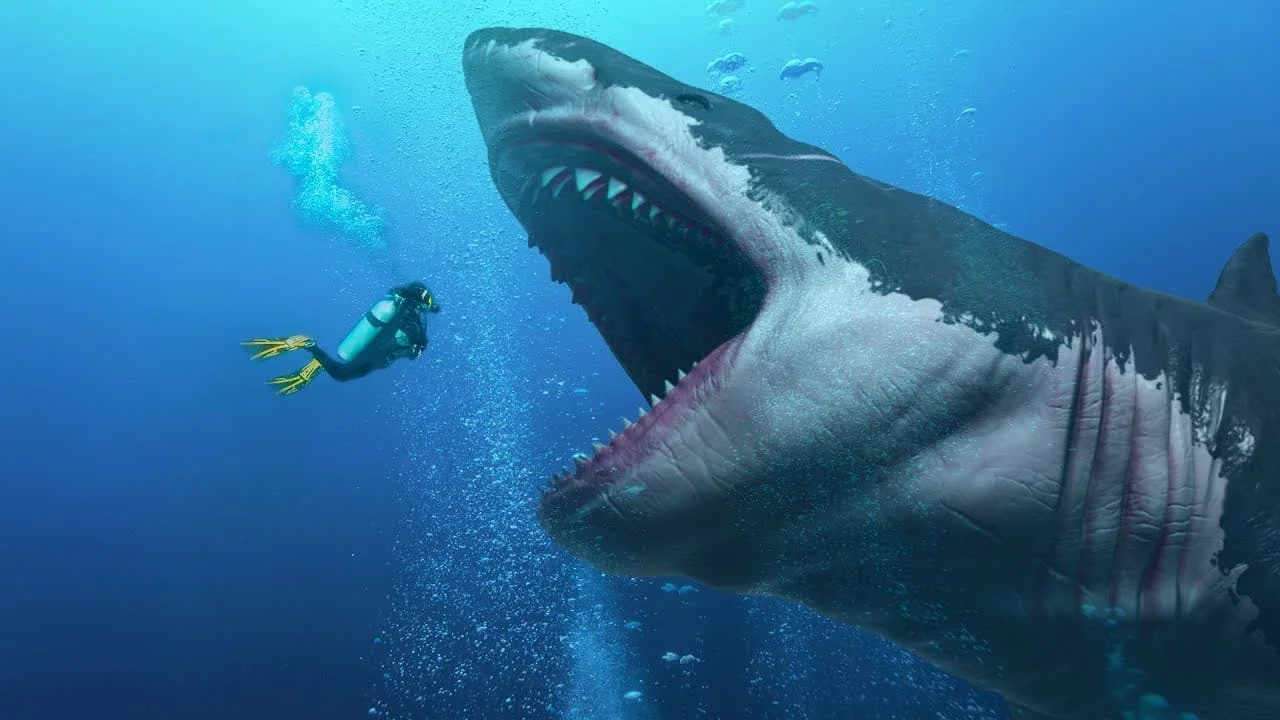In a groundbreaking international analysis, researchers are challenging long-standing beliefs about the megalodon, the colossal shark species that vanished from the oceans 3.6 million years ago. Previous assumptions about the megalodon’s size and physique, often depicted in literature and film, are now being questioned, suggesting that this ancient ocean predator may have been far smaller and more streamlined than originally believed.
The megalodon has captured the human imagination, prominently featured in literature and the 2018 science fiction movie “The Meg,” where action star Jason Statham portrayed the oversized shark. The common perception was that this prehistoric creature stood as tall as 65 feet, with a robust body resembling that of the great white shark. However, a recent study challenges these notions, ushering in a new era of understanding about the megalodon’s anatomy.

Paleontologists, grappling with a lack of concrete fossil evidence, previously relied on assumptions regarding the megalodon’s immense size and physique. However, researchers from the University of California, collaborating with international marine specialists, delved into a meticulous analysis, leading to a surprising revelation.
Contrary to popular belief, the study proposes that the megalodon may have had a more elongated and slender structure, akin to the modern mako shark. Professor Kenshu Shimada, who spearheaded the study, highlighted that the evidence supporting this notion has been “hidden in plain sight.” The researchers reached this conclusion by comparing the teeth and spine of a living great white shark with fossilized megalodon teeth and a reconstructed vertebral column, culminating in what they described as a “eureka moment.”
Lead author Phillip Sternes emphasized that, while the megalodon was undoubtedly a giant, predatory shark, the findings challenge the notion that it was merely a larger version of the modern great white shark. Beyond size reconsiderations, the research also suggests that the megalodon had a different diet and lifestyle than previously assumed.
The implications of this study extend beyond a reassessment of the megalodon’s size and physique. The researchers propose that the megalodon, despite its larger stature, likely required more time between feedings to process meals due to its larger body. This leads to the intriguing possibility of less frequent hunting, reducing predation pressure on other marine creatures and prompting a reevaluation of the megalodon’s ecological impact.
The megalodon, once thought to be a towering giant in the ancient seas, is now undergoing a transformation in our understanding. As researchers challenge preconceived notions about its size and lifestyle, the ancient predator takes on a new, more nuanced identity. This study not only reshapes our perception of the megalodon but also highlights the dynamic nature of scientific inquiry, urging us to rethink the mysteries that lie beneath the surface of Earth’s ancient oceans.




